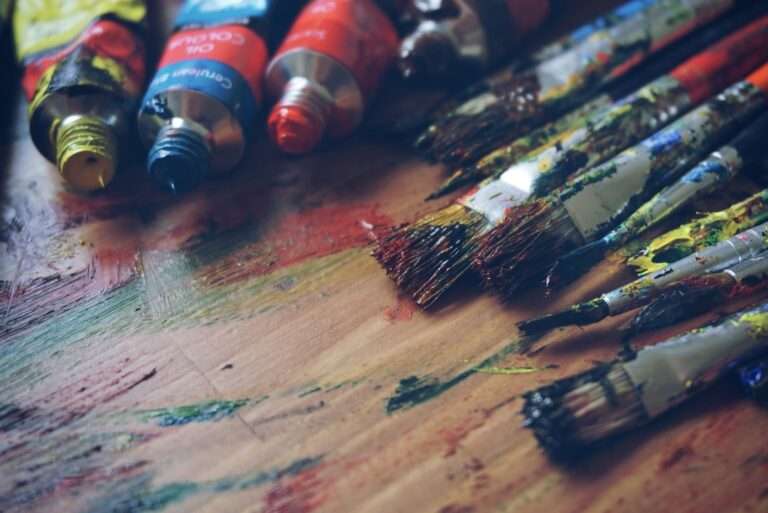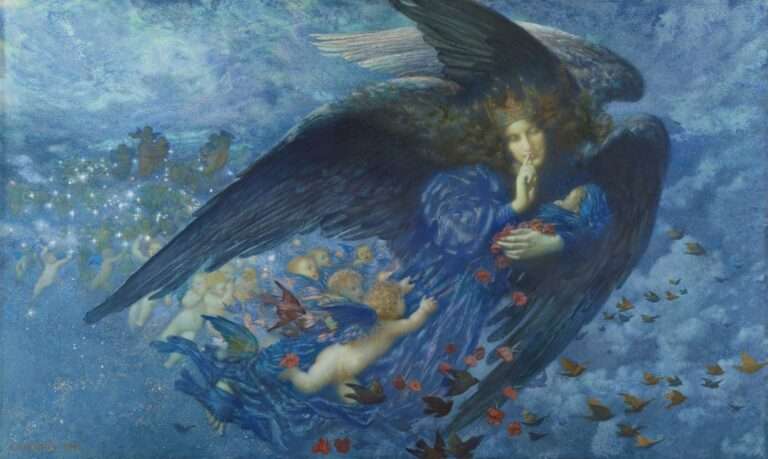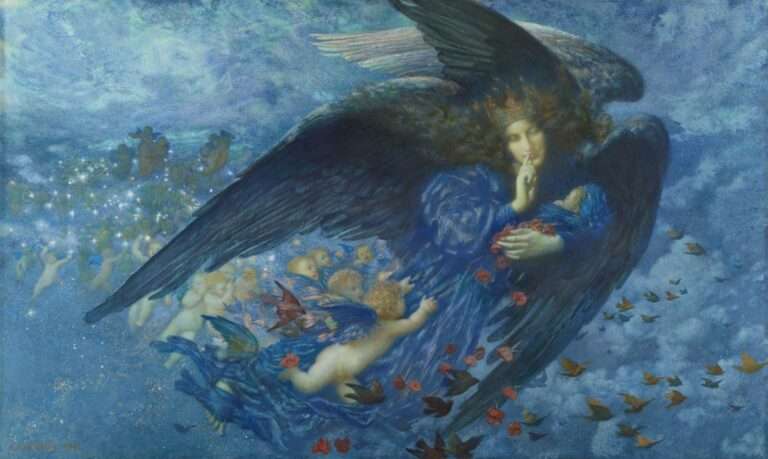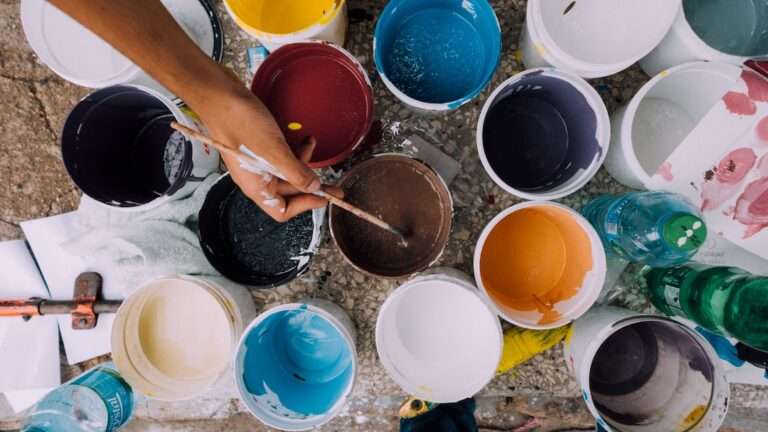The Hidden Meanings of Chinese Art Symbolism

Chinese art symbolism is a rich and complex tradition that has been passed down through generations. It is deeply rooted in Chinese culture and plays a significant role in the understanding and appreciation of Chinese art. Symbolism in Chinese art refers to the use of various elements, such as nature, color, animals, numbers, mythology, plants and flowers, shapes and patterns, and calligraphy, to convey deeper meanings and messages. Understanding these symbols is crucial in order to fully grasp the beauty and significance of Chinese art.
The Role of Nature in Chinese Art Symbolism
Nature holds a special place in Chinese culture and is often seen as a source of inspiration and spiritual connection. Mountains, water, and other natural elements are commonly depicted in Chinese art and carry symbolic meanings. Mountains are often associated with strength, stability, and immortality. They represent the connection between heaven and earth and are seen as sacred places where gods reside. Water symbolizes purity, clarity, and the flow of life. It is often depicted as rivers or streams, symbolizing the continuous cycle of life and the harmony between humans and nature.
The Significance of Color in Chinese Art Symbolism
Colors have deep cultural meanings in Chinese society and are used extensively in art to convey emotions, ideas, and symbolism. Red is considered the most auspicious color in Chinese culture and represents good luck, joy, and celebration. It is often used during festive occasions such as weddings and New Year celebrations. Yellow symbolizes royalty, power, and prosperity. It was traditionally reserved for the emperor and is still associated with wealth and status. Blue represents immortality and eternity, while black symbolizes mystery and depth.
The Importance of Animals in Chinese Art Symbolism
Animals hold great significance in Chinese culture and are often used in art to represent virtues, qualities, or specific meanings. The dragon is one of the most iconic and revered animals in Chinese art. It symbolizes power, strength, and good fortune. The phoenix represents beauty, grace, and prosperity. It is often depicted alongside the dragon as a symbol of yin and yang, the balance between masculine and feminine energies. The tiger symbolizes courage and protection, while the crane represents longevity and wisdom.
The Symbolism of Numbers in Chinese Art
Numbers have deep symbolic meanings in Chinese culture and are believed to bring luck and fortune. The number 8 is considered the luckiest number as it sounds similar to the word for wealth in Chinese. It is often associated with prosperity and success. The number 9 is also considered lucky as it sounds similar to the word for longevity. It is often associated with long-lasting happiness and good health. On the other hand, the number 4 is considered unlucky as it sounds similar to the word for death in Chinese. It is often avoided in Chinese culture.
The Role of Mythology in Chinese Art Symbolism
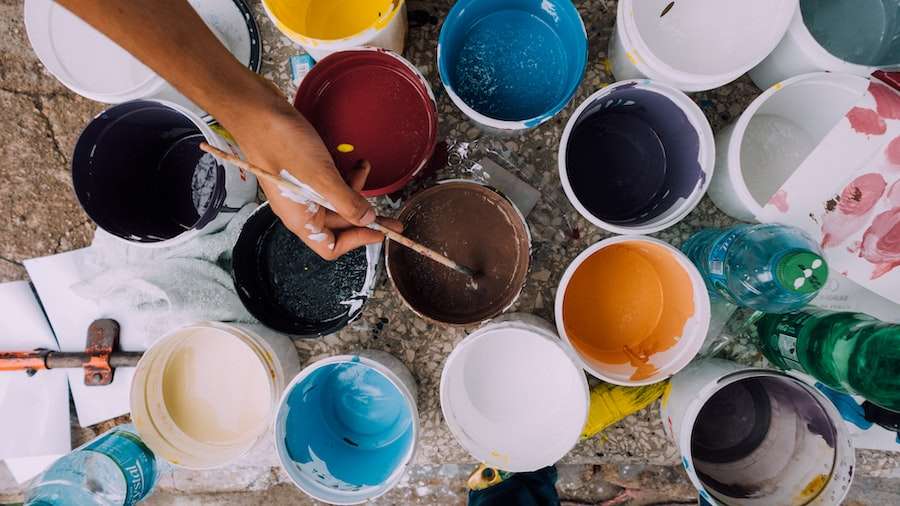
Mythology plays a significant role in Chinese culture and is often depicted in art to convey symbolism and meaning. Mythological figures such as gods, goddesses, and legendary creatures are commonly portrayed in Chinese art. The Monkey King, a popular character from the classic novel “Journey to the West,” represents bravery, intelligence, and mischief. The Eight Immortals are mythical beings who possess magical powers and represent different virtues such as wisdom, kindness, and immortality.
The Symbolism of Plants and Flowers in Chinese Art
Plants and flowers have deep symbolic meanings in Chinese culture and are often used in art to convey messages of beauty, purity, and good fortune. The lotus flower is one of the most important symbols in Chinese art. It represents purity of heart and mind, as it grows out of muddy waters but remains untainted. The peony symbolizes wealth, prosperity, and honor. It is often depicted in art to convey wishes for a prosperous and successful life. The bamboo represents resilience, strength, and flexibility. It is often associated with the scholar and represents the virtues of integrity and humility.
The Significance of Shapes and Patterns in Chinese Art Symbolism
Shapes and patterns have deep cultural meanings in Chinese art and are used to convey symbolism and meaning. The circle represents unity, harmony, and perfection. It is often used to depict the heavens and symbolizes the cycle of life. The square represents stability, balance, and order. It is often used to depict the earth and symbolizes the human realm. The yin-yang symbol represents the balance between opposing forces such as light and dark, masculine and feminine, and represents the harmony of the universe.
The Symbolism of Chinese Calligraphy
Calligraphy holds a special place in Chinese culture and is considered one of the highest forms of art. It is not only a means of communication but also a form of artistic expression. Chinese calligraphy is often used in art to convey symbolism and meaning. Each stroke carries its own significance and can represent different emotions or ideas. Calligraphy is often used to depict poems, quotes, or philosophical concepts, adding depth and meaning to the artwork.
The Contemporary Relevance of Chinese Art Symbolism
Chinese art symbolism continues to be relevant in contemporary art. Many artists today incorporate traditional symbols and techniques into their work, creating a fusion of old and new. This not only preserves the rich cultural heritage of Chinese art but also allows for new interpretations and expressions. Contemporary artists use Chinese art symbolism to explore themes such as identity, globalization, environmental issues, and social commentary.
In conclusion, understanding Chinese art symbolism is crucial in order to fully appreciate the beauty and significance of Chinese art. Symbolism in Chinese art encompasses various elements such as nature, color, animals, numbers, mythology, plants and flowers, shapes and patterns, and calligraphy. Each of these elements carries its own symbolic meanings and conveys deeper messages. Chinese art symbolism is not only rooted in tradition but also continues to be relevant in contemporary art, allowing for new interpretations and expressions. Exploring and appreciating Chinese art and culture can provide a deeper understanding of the rich symbolism and cultural heritage of China.
If you’re interested in exploring the rich symbolism of Chinese art, you may also want to delve into the fascinating world of moon symbolism. The moon holds great significance in various cultures and is often associated with feminine energy, intuition, and the cyclical nature of life. To learn more about what the moon symbolizes and its cultural significance, check out this insightful article on Symbolism Hub.
FAQs
What is Chinese art symbolism?
Chinese art symbolism refers to the use of various symbols and motifs in traditional Chinese art to convey specific meanings and messages.
What are some common symbols used in Chinese art?
Some common symbols used in Chinese art include dragons, phoenixes, lotus flowers, peonies, bats, and the color red.
What does the dragon symbolize in Chinese art?
The dragon is a powerful and revered symbol in Chinese art, representing strength, good luck, and prosperity.
What does the phoenix symbolize in Chinese art?
The phoenix is a symbol of beauty, grace, and rebirth in Chinese art. It is often depicted alongside the dragon as a symbol of balance and harmony.
What does the lotus flower symbolize in Chinese art?
The lotus flower is a symbol of purity, enlightenment, and spiritual growth in Chinese art. It is often depicted in Buddhist art and is associated with the teachings of the Buddha.
What does the color red symbolize in Chinese art?
The color red is a symbol of good luck, happiness, and prosperity in Chinese art. It is often used in traditional Chinese weddings and other celebrations.
What is the significance of bats in Chinese art?
Bats are a symbol of good fortune and happiness in Chinese art. They are often depicted flying in a group, which represents the wish for a large and happy family.
What is the meaning of the peony in Chinese art?
The peony is a symbol of wealth, honor, and beauty in Chinese art. It is often used in traditional Chinese paintings and is associated with the imperial court.
